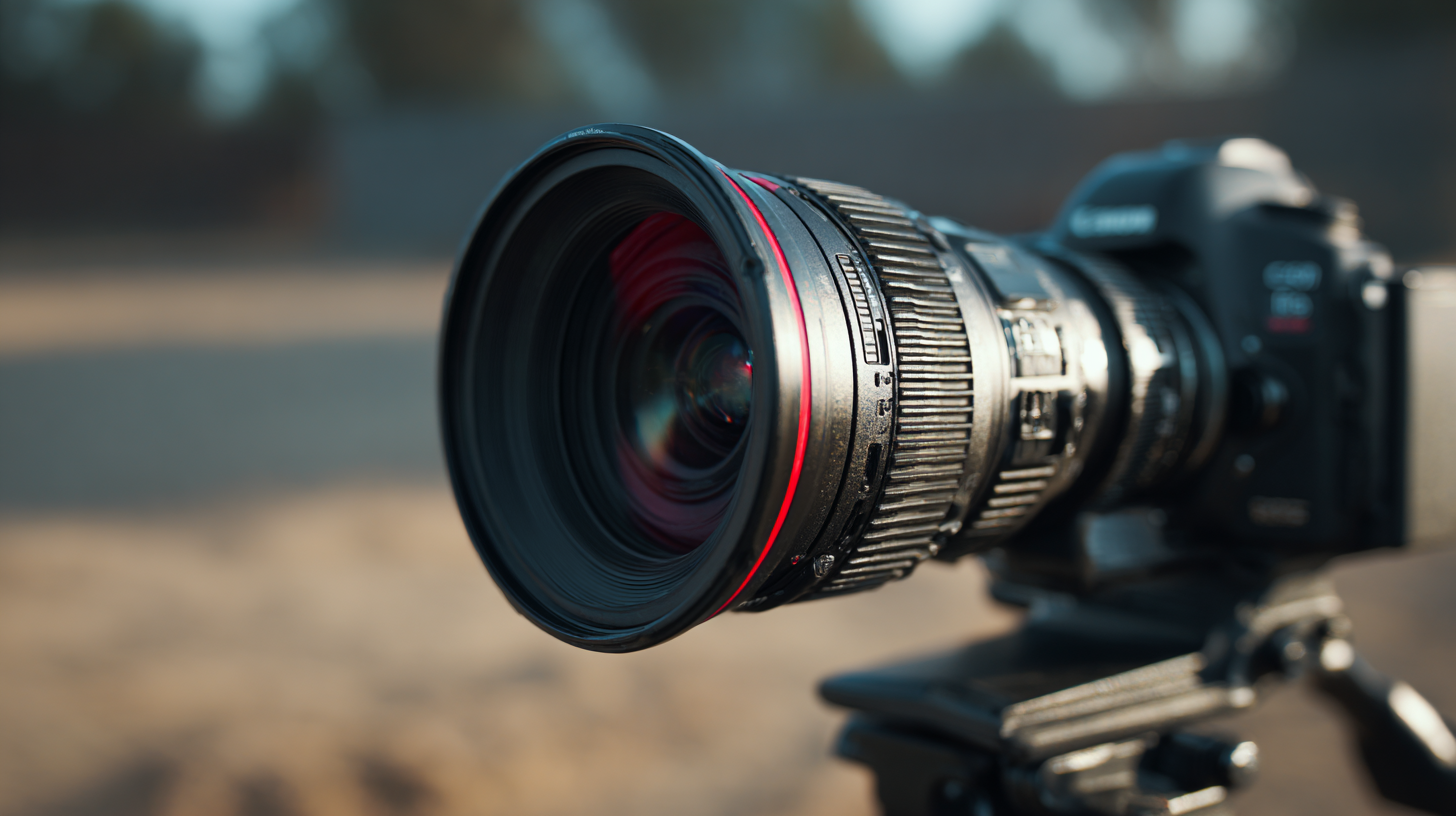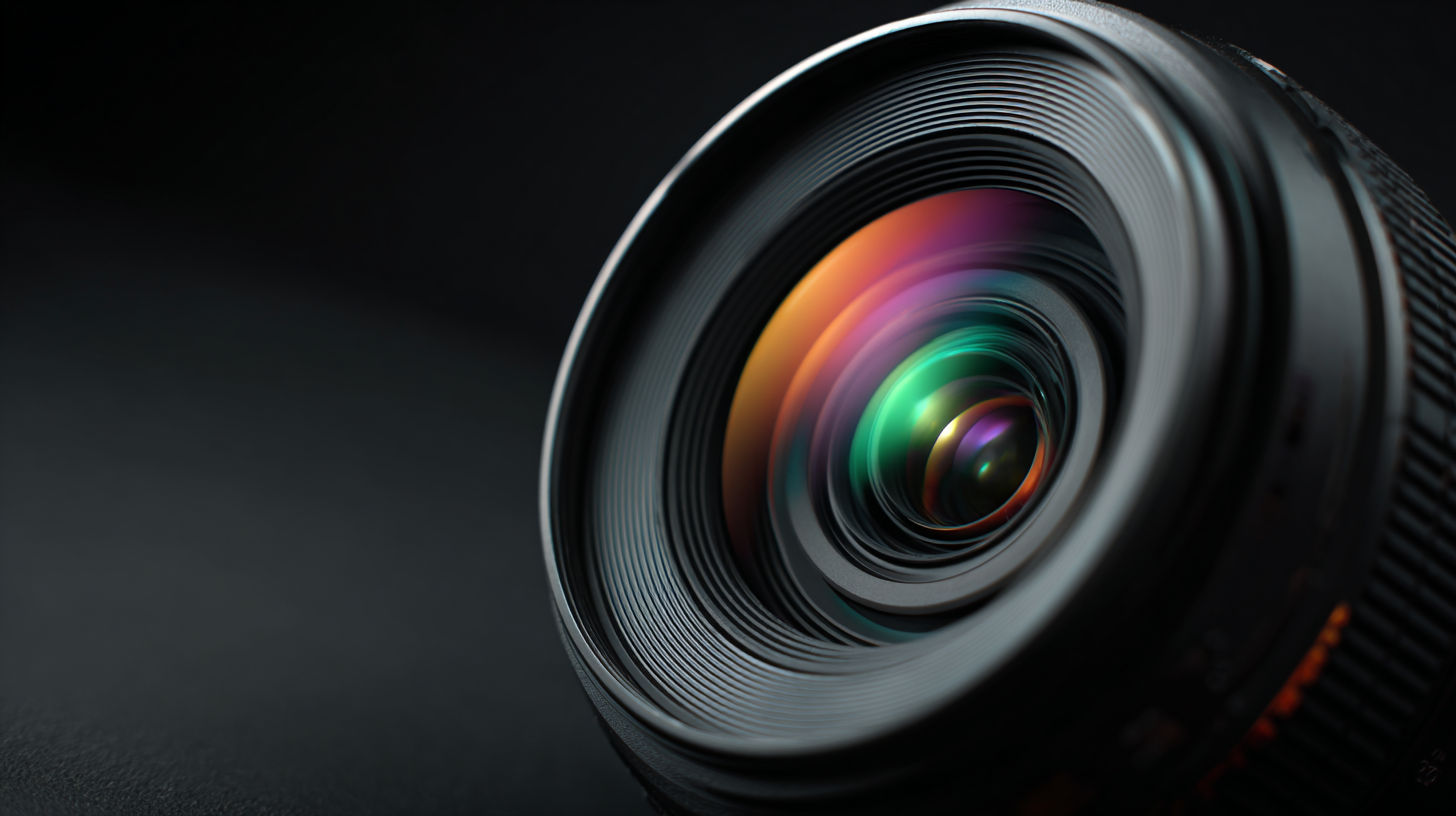In the ever-evolving world of photography, selecting the right equipment is crucial to capturing stunning images that resonate with your artistic vision. As we look ahead to the trends of 2025, one piece of equipment stands out for photographers seeking to expand their creative horizons: the Ultrawide Angle Lens. This lens not only allows for a broader perspective but also enables the capture of expansive landscapes, intricate architectural details, and dynamic compositions that traditional lenses struggle to achieve. Whether you are a professional photographer or an enthusiastic hobbyist, understanding the essential features and specifications of Ultrawide Angle Lenses is vital for making the best choice tailored to your specific needs. In this ultimate checklist, we will explore the key aspects to consider when selecting an Ultrawide Angle Lens that aligns with your photography style and objectives, ensuring you are well-equipped for the exciting developments in the industry.

 When selecting an ultrawide angle lens, understanding its specifications is crucial for photographers who aspire to enhance their craft. Ultrawide angle lenses, typically defined as those with focal lengths below 24mm, can significantly alter the perception of depth and space in a photograph. Features like maximum aperture, distortion levels, and lens construction directly affect image quality and the creative options available to photographers. For instance, a lens with a larger aperture can offer more flexibility in low-light situations, while minimizing distortion is vital for maintaining the integrity of linear subjects in architectural photography.
When selecting an ultrawide angle lens, understanding its specifications is crucial for photographers who aspire to enhance their craft. Ultrawide angle lenses, typically defined as those with focal lengths below 24mm, can significantly alter the perception of depth and space in a photograph. Features like maximum aperture, distortion levels, and lens construction directly affect image quality and the creative options available to photographers. For instance, a lens with a larger aperture can offer more flexibility in low-light situations, while minimizing distortion is vital for maintaining the integrity of linear subjects in architectural photography.
Furthermore, the importance of compatibility with your camera body cannot be understated. Different camera systems come with varying mount specifications, which influence not only the ability to attach the lens but also how the lens performs with different sensors. Additionally, understanding features like autofocus speed and image stabilization can enhance your shooting experience, particularly in dynamic environments or when capturing fast-moving subjects. By prioritizing these specifications, photographers can make informed decisions and select ultrawide angle lenses that best align with their individual styles and needs.
When selecting an ultrawide angle lens, understanding the key features that align with your shooting style is crucial for optimizing your photography experience. One of the primary aspects to consider is the focal length range. According to a recent report by the Photography Industry Association, lenses with a focal length of 14-24mm offer a versatile viewpoint suitable for landscapes and architecture, making them a top choice for outdoor photographers. For those focusing on astrophotography, lenses around 10-18mm provide wider vistas essential for capturing expansive night skies, underscoring the importance of matching the lens to your specific photographic needs.
Another critical feature to evaluate is the lens aperture. A larger aperture, such as f/2.8 or wider, can significantly impact low-light performance and depth of field control. A study published in the Journal of Photographic Science indicates that lenses with a constant aperture throughout the zoom range minimize exposure variation, which is vital for videographers and multi-shot panoramas. Additionally, look for lens elements coated with anti-reflective materials to reduce flare and improve contrast, ensuring your images maintain high fidelity even in challenging lighting conditions. These features collectively enhance the shooting experience and ensure you can capture stunning visuals across different contexts.
| Feature | Description | Importance Level |
|---|---|---|
| Focal Length | Range (e.g., 14-24mm) that defines the lens's ultrawide capabilities. | High |
| Aperture | Widest f-stop available (e.g., f/2.8) influences low-light performance. | High |
| Weight | How heavy the lens is affects portability and ease of use. | Medium |
| Build Quality | Material and weather sealing that impact durability. | High |
| Image Stabilization | Features that reduce blurriness from camera shake. | Medium |
| Minimum Focus Distance | Closest distance you can be from a subject while still being in focus. | Medium |
| Distortion Control | How well the lens corrects for fisheye and barrel distortion. | High |
| Compatibility | Whether the lens fits your camera mount and supports its features. | High |
When it comes to selecting the perfect ultrawide angle lens, a comparative analysis of popular options based on professional reviews can provide invaluable insights. Recent data from the well-regarded **DPReview** shows that lenses like the Canon RF 15-35mm f/2.8L and the Nikon Z 14-30mm f/4 S consistently score high in sharpness and color rendition, making them favorites among landscape and architecture photographers. The Canon lens, for example, boasts an impressive *MFT* (Modulation Transfer Function) score of 87, indicating excellent sharpness even at its widest aperture.
In discussions featured on **Photography Life**, the Sony FE 12-24mm f/2.8 GM has emerged as a top contender due to its superior low-light performance and build quality. This lens achieved a *DxOMark* score of 41 in overall optical quality, validating its reputation for sharpness and minimal distortion. Coupled with its weather-sealed design, it's ideal for adventurous photographers. Ultimately, understanding the detailed comparative reviews and performance metrics can help photographers make a more informed decision tailored to their specific needs.
When considering ultrawide angle lenses, one crucial factor that photographers must evaluate is the impact of sensor size on lens performance and image quality. Larger sensors tend to offer better light-gathering capabilities and dynamic range, which is especially significant for astrophotography where capturing details in low light is essential. Data shows that lenses like the 14mm f/1.4 are gaining popularity for their fast autofocusing capabilities, enabling photographers to capture sharp images of the night sky without extensive exposure times.
Tip: When selecting a lens, pay attention to the sensor format your camera uses. Full-frame sensors generally provide superior image quality with ultrawide lenses compared to crop sensors, which can lead to distortion at the edges.

Moreover, the design of the lens itself affects the overall image quality. For instance, lenses designed for Micro Four Thirds systems optimize size and weight while still delivering impressive results. Reviews indicate that ultrawide lenses in this category maintain excellent sharpness and minimal aberrations, making them a solid choice for landscape and architectural photography.
Tip: Look for lenses with low dispersion glass elements and advanced coatings to reduce flare and ghosting, especially when shooting scenes with bright light sources. These features can significantly enhance image clarity, making your photos stand out.
When selecting an ultrawide angle lens, it’s crucial to ensure it complies with industry standards and certifications. High-quality lenses not only enhance your photography but also guarantee that you capture images that are sharp, vibrant, and true to life. Look for lenses that have passed rigorous testing and certifications from recognized organizations, such as the International Organization for Standardization (ISO) or the Camera & Imaging Products Association (CIPA). This will help you avoid subpar products that could compromise your photographic results.
Additionally, consider the lens's build quality and durability. Lenses that meet industry standards are often constructed with robust materials, making them resilient to environmental factors such as moisture and dust. A weather-sealed lens can be a worthwhile investment for outdoor photographers. Also, pay attention to the optical performance ratings provided by professionals; these can include metrics like distortion control, chromatic aberration, and edge sharpness. By prioritizing lenses that adhere to these standards, you can ensure that your ultrawide angle lens will deliver exceptional performance over time.
